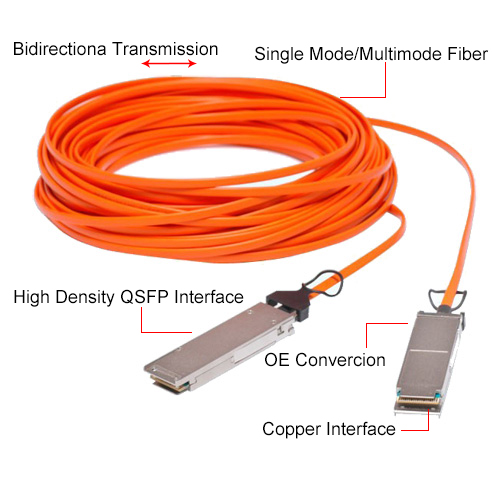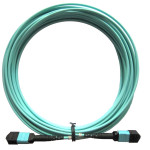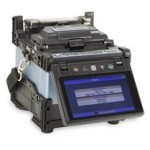Since the very beginning of 2023, The demand for AI network interconnection products has been increasing. operators are familiar with Optical Transceivers, Active Optic Cable (AOC), and Direct Attach Cable (DAC). Is Active Electrical Cables (AEC) a good alternative solution to copper cables for AI networks?
Currently, in the market, there are QSFP-DD and OSFP AEC operate at 112G PAM-4 speeds and higher (port capacity between 100 and 800 Gbps) while increasing reach up to 5.0m without optical cables it is a new category of pluggable connectivity designed for cost-effective, low-loss.
There are four major advantages of AECs:
1. Low power, Compared with AOCs and Transceivers, AECs normally require power about 10W, but the power consumption is higher than DACs.
2. Light Weight: Compared with 800G DACs, AECs with less weight (28 ~ 34 AWG)
3. Tighter Bending Radius: The AECs with better bending performance than DACs, to save space and time for deployment.
4. Speed Shifting /Retiming: While linear amplifiers are less expensive, they don’t eliminate noise or recondition signals as re-timers do. Additionally, with linear amplifiers, there is a greater dependency on the design of the whole channel. This makes “mix and matching” one However, because re-timers re-condition the signal, eliminating noise, rack implementation becomes more flexible.








